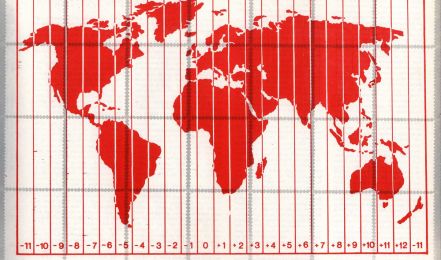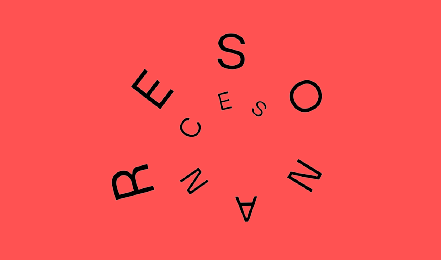‘Eastern Europe’
- « previous
- 1
- 2
- 3
- next »
László Beke Archive and Research
… his writings, which have been crucial for the international reception of Hungarian and Central and Eastern European conceptualism. We are planning an international conference to mark the publication of the volume, and to publish further sources in the coming phases of the project. Events: World-Famous World-Archives – László Beke 80, 23. 05. 2024.
Networking the Peripheries / World Art Post: International Artist Stamp Exhibition
… Tóth) featured works by Uruguayan artist Clemente Padín (1939), as well as works by Western and Eastern European artists. Galántai institutionalized his growing archive of art documents he received from all over the world largely through the mail art network when he founded Artpool in 1979 together with Júlia Klaniczay. From this point on, in the spirit of the "active archive" concept, the Artpool collection, as well as its network, was systematically and strategically enriched through …
Resonances
… cultural-political-social differences and similarities between the art scenes of the Central and Eastern European region from the second half of the 1960s to the fall of communism. Between 2021 and 2023, the first phase of the project, Resonances: Regional and Transregional Cultural Transfer in the Art of the 1970s was realized in collaboration with Andrea Euringer Bátorova (Comenius University, Bratislava, Department of Art History), Pavlína Morganova, Dagmar Svatosova, Lujza Kotočová …
László Beke Archives
… and theoretician László Beke (1944–2022) with Hungarian and international (especially Central and Eastern European) (neo-)avantgarde artists over several decades, as well as his documents, art projects, manuscripts, photographs, slides and printed publications. Of these, the so-called Imagination/Idea project conceived by Beke deserves special mention, along with many aspects of Hungarian conceptual art, mail art, fluxus, land art, happenings, environments, and action art. The László …
Mission and Goals
The Central European Research Institute for Art History (KEMKI) was established in 2021 as an affiliate of the Museum of Fine Arts, Budapest. Our mission is to strengthen Hungary's academic discourse and represent Hungarian art and art history at a high standard globally by initiating and implementing locally focused, regional and international research projects and collaborations connected to art-historical …
- « previous
- 1
- 2
- 3
- next »



